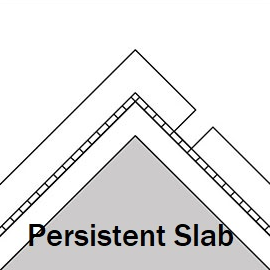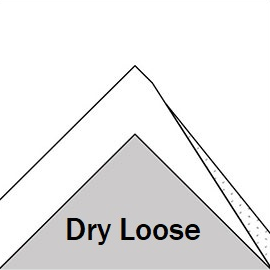Gudauri
Natural avalanches are unlikely, human-triggered avalanches are possible. Small avalanches in specific areas, or large avalanches in isolated areas.
The new snow problems of dry loose and wind slabs from the recent storm seem to have stabilized. There is still dry loose snow, especially on N, NW and W facing slopes. They were not reactive on test slopes on N, NW and W facing slopes, but continue to be a potential problem with increased snow levels and are expected to be small. Only light winds are expected over the next couple of days. If wind speeds increase to moderate speeds (26-40 kph), this loose snow could be transported into wind slabs.
The snowpack is not healing with the cold temperatures and there continues to be persistent weak layers that could be reactive in specfic areas. They will be difficult to trigger, but would be large and dangerous.
Forecast issued at: 14 February 2025 08:30
Forecast valid until: 18 February 2025 08:30
Forecaster: SaRah Busse
High Alpine
> 2600m
2 Moderate
Heightened avalanche conditions on specific terrain features. Evaluate snow and terrain carefully; identify features of concern.
Alpine
2000m - 2600m
2 Moderate
Heightened avalanche conditions on specific terrain features. Evaluate snow and terrain carefully; identify features of concern.
Sub Alpine
< 2000m
2 Moderate
Heightened avalanche conditions on specific terrain features. Evaluate snow and terrain carefully; identify features of concern.
Avalanche Problems
Persistent Slab

In most places in the high alpine, and N 1/2 aspects in the alpine and sub-alpine zones, layers of weak snow can be found at the base and middle of the snowpack. Sudden collapses of these layers caused by a rider's weight could trigger large avalanches on slopes of more than 30 degrees. Dig somewhere representative of the slope you want to ride before you drop in to see if you can find these weaknesses.
| Sensitivity | The specific avalanche problem type is difficult to trigger with a human rider. |
| Distribution | A few, isolated locations; evidence for instabilities is rare and hard to find. |
| Time of Day | All day |
| Trend | No change |
| Confidence | Moderate |
Loose Dry

On shady aspects, in a few places
| Sensitivity | The specific avalanche problem type is reactive to human rider triggers. Easy to trigger with ski cut. |
| Distribution | A few, isolated locations; evidence for instabilities is rare and hard to find. |
| Time of Day | All day |
| Trend | Improving |
| Confidence | High |
Recent Avalanches and Snowpack
After Friday's storm there was a lot of avalanche activity. Dry loose seemed to dominate the NW and W aspects, small to large in size, natural and human triggered. More than 10 were observed from the road on the backside of Bidara and driving back to Gudauri. This seems to have settled down in the last couple days, with no new dry loose avalanches seen in the last couple of days. During a tour of Thursday on a NW aspect, I was unable to get the snow to slide on test slopes. Despite snow available for transport, a lack of moderate winds has allowed the wind slabs to heal.
The snowpack remains thin with rocks hiding underneath. Probing in the snowpack, snow depths were observed to be 10cm to 150cm. Early-season snow has formed a weak, sugary base layer on all aspects above about 2500m, and on shady aspects at lower elevations. Hard, old wind deposited layers can be found in the mid-pack, with weak snow and surface hoar layers seen above and below them. This layer combination caused easy failures in test results in some locations, and would be more dangerous in places where the harder layer is thinner.
The temperatures have remained below freezing, however, sun affected slopes have a breakable crust on them. Large surface hoar that is breaking down was observed on south facing aspect on traverse to Bidara, which means areas not affected by wind and sun could have the potential to have developing surface hoar. No surface hoar was observed on the NW and W facing surfaces on the backside of Bidara.
A pit on the backside of Bidara, NW facing aspect at 2700m, showed a weak layer at 123cm (CT20) and more resistant layers that were more stubburn to compression at 95cm and 85cm. The base of the snowpack has a 10cm of large crystal depth hoar. Unfortunately, a lack of time limited further investigation and testing of these layers.
Weather
Clouds and snow are coming in on Friday afternoon, with light winds, expected accumulation will be minimal. More precipitation is expected Monday afternoon to Tuesday.
Disclaimer
Our avalanche forecasters are internationally qualified and experienced professionals, and data is provided by skilled observers. We encourage you to make your own observations and decisions, without relying solely on our forecast, since any forecast is a generalised 'best guess', and in certain cases it might be inaccurate. We can not be held liable for any actions you take in the backcountry that may result in injury, loss or death.